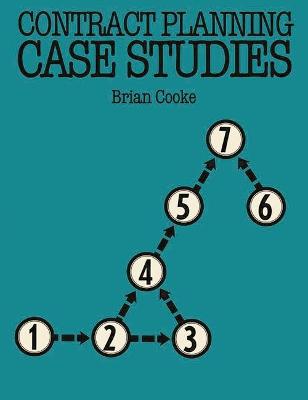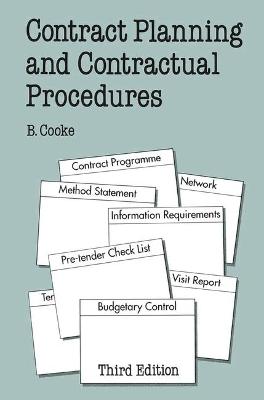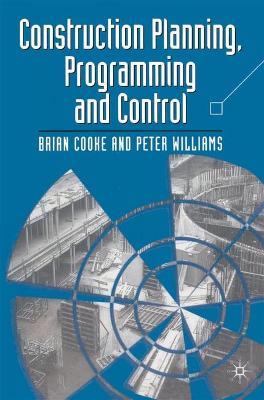Building & Surveying
4 total works
This book covers a practical approach to contract planning based on a series of live building and civil engineering projects in which the author has been directly involved. Aimed directly at CI0B and Building and Surveying students, the book covers all stages of the contract process from pre-contract through to final completion, and uses the principles and applications of bar charts, line of balance techniques, precedence diagrams and network analysis. The main topics are: the planning process; development of bar charts for budgets and sequence studies; principles and uses of line of balance techniques; network analysis; precedence diagram relationships; project planning by computer. Each chapter includes exercises.
This is a comparative review of construction techniques relating to low- and medium-rise buildings, based on five representative countries in the European Union - Denmark, France, Germany, the Netherlands and Portugal. Professional relationships and the roles of the architect, engineer and surveyor are described, together with contractual procedures as appropriate. Case-study examples are discussed under each country and the different techniques adopted for the construction of foundations, floors, internal and external walls, and roofs are illustrated. Comparative data on the other EU countries is also included.
Provides a systematic appraisal of the planning procedures and management decisions undertaken during the pre-tender, pre-contract and contract planning stages of a construction project. The third edition has been updated to include changes in the approach to the assessment of contract preliminaries - consideration for time and fixed related costs in relation to site requirements, plant and employers' requirements. A new chapter has been added which dealts with the planning and feasibility requirements of speculative building projects. Consideration is given to the relationship between the planning of speculative develpoment, phasing of work and cash funding requirements.
Construction Planning Programming and Control
by B. Cooke and Dr Peter Williams
Published 28 November 1997
This text adopts a methodical approach to the process of planning and control exercised by the contractor during the pre-tender, pre-contract and construction phases of projects through the application of various planning techniques to a number of case studies in both building and civil engineering. To develop a fundamental understanding of the factors which influence the successful management of time on projects, the book explores the implications of new forces that are changing the way the construction industry operates, including the "Latham" culture and new health and safety legislation, such as the Construction (Design and Management) Regulations. A number of planning applications are explained, including linked bar charts, networks and precedence diagrams, together with techniques used for repetitive projects, such as line of balance and time-chainage diagrams. The text also incorporates examples of budgetary control and cost-value reconciliation procedures.



